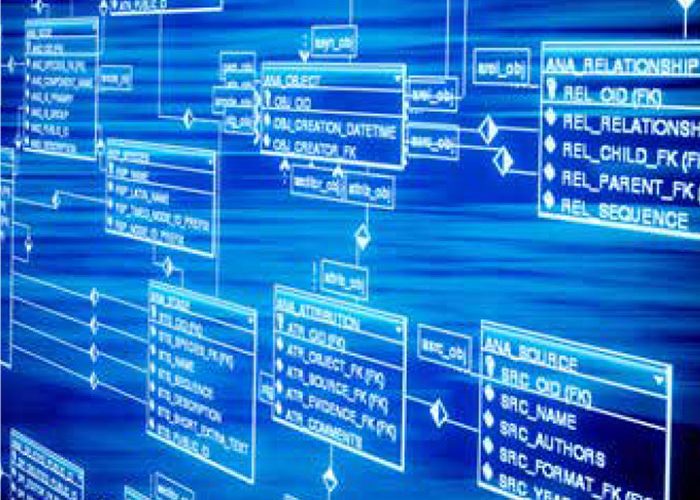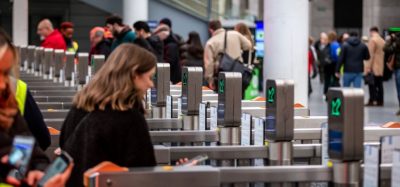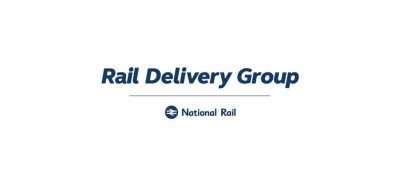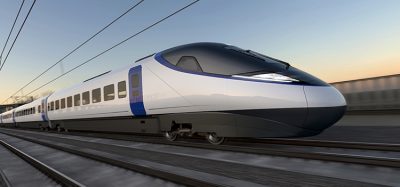Using big data for railway operations and maintenance
Posted: 14 June 2017 | | No comments yet
In their article, to be published next month in Global Railway Review Issue 4 2017, Professors Diego Galar, Uday Kumar and Ramin Karim from Luleå University of Technology, Sweden, elucidate the possibilities of big data in the railway industry and anticipate its positive effects on operations and maintenance (O&M) from a systems perspective.


Railway systems have complex technologies, with a wide range of human actors, organisations and technical solutions. To control such complexity, a viable solution is to apply intelligent computerised systems to make use of the big data that abounds in the industry.
Big data means big change
‘Industry 4.0’ refers to the so-called fourth industrial revolution characterised by smart systems and industrial internet-based solutions. The transportation sector, especially railways, has largely embraced Industry 4.0. The use of new and emerging technologies is leading to improved quality of services, new savings, enhanced resource utilisation and efficiency. It has also facilitated the development of new services and business models based on the capability of the industrial internet and the analytics capabilities of big data. Big data has the potential to transform the current state-of-the-art railway technology platforms into a network of collaborative communities seamlessly moving freight and passengers and delivering services in a planned way. The current trend of automation and data exchange is towards adopting and adapting the new and emerging technologies to achieve new levels of effectiveness and efficiency.
The source of smart railways
Big data in railways comes from interconnected stakeholders who provide intelligence to the railway system. The complete big data architecture includes cyber-physical systems, the Internet of Things (IoT) and Cloud computing, all of which work together to create ‘smart railways’. An application area that is generating considerable excitement is the possibility of better O&M through self-learning and smart systems that predict failure, make diagnoses and trigger maintenance actions. These systems make high demands on data access and data quality and use multiple data sources to extract relevant information.
The use of big data in O&M will address a common Achilles’ heel in asset management: that of status forecasting, commonly called prognosis.
Big data analytics in railway O&M will use advanced technologies to perform predictive analytics and make decisions based on the analysis of huge amounts of data. Providing O&M services will involve data collection, analysis, visualisation, and decision-making for assets. The use of big data in O&M will address a common Achilles’ heel in asset management: that of status forecasting, commonly called prognosis. The estimation of the remaining useful life of an asset, in order to ascertain the probability of its mission accomplishment, constitutes the basis for any operation or maintenance service and, as such, is key to the success of any organisation.
The railway domain will achieve data interconnection via the train bus where most of the railway subsystems and their respective sensors will be accessible. The interconnection by data buses will open the door to global optimisation in a system of systems approach, replacing the old localised approach, notably its reduced scope for O&M of the whole asset.
Read more about how big data is changing the face of railway systems in the next issue of Global Railway Review (Issue 4 2017) by clicking here to receive your free copy.
About Dr. Diego Galar
Dr. Diego Galar is Professor of Condition Monitoring in the Division of Operation and Maintenance Engineering at Luleå University of Technology where he is coordinating several railway projects at national and international level related to different aspects of cyber-physical systems, Industry 4.0, IoT or Big Data. He was also involved in the SKF UTC centre located in Luleå focussed on SMART bearings for rolling stock. He is also Principal Researcher in Tecnalia (Spain), heading the Maintenance and Reliability research group where he is also leading projects with companies such as CAF and TALGO.







